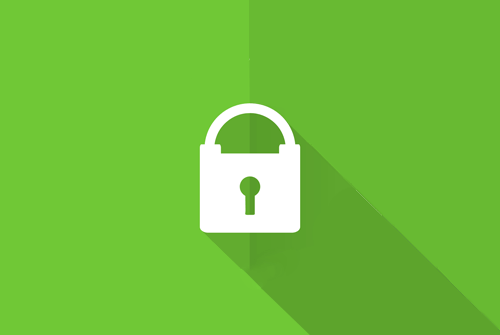As some of you may be aware, Google (with Chrome) Firefox, Edge and other browsers are making a concerted effort to ensure all websites are running under the HTTPS protocol.
At the end of October Google will begin phase two of its plan to label on HTTP pages as non-secure with the release of Chrome 62
Google will begin marking non-HTTPS pages with text input fields—like contact forms and search bars—and all HTTP websites viewed in Incognito mode as “NOT SECURE” in the address bar.
Current State
You have probably noticed the early stage of this initiative earlier this year when the URL associated with an unsecured site displayed a small warning icon in the address bar of your browser
How to Fix
For owners to secure the information being shared among their visitors and their web server, they must start incorporating an SSL Certificate.
Failing to do this is risky for both parties: sites that allow the sending of information in clear text may also allow its exposure through the Internet.
The team at Koda can assist if you need help, simply contact us and we can discuss options.
